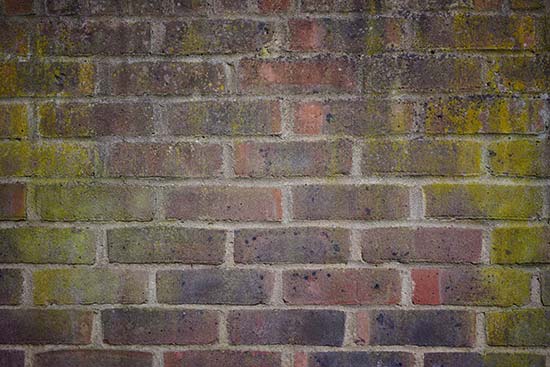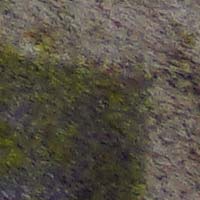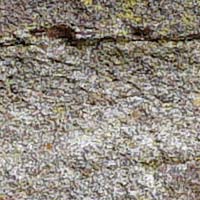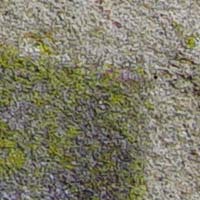Sony FE 50mm F2.8 Macro Review

Sharpness at 50mm
For this test, the Sony FE 50mm F2.8 Macro lens was attached to a Sony A7S body, which in turn was mounted on a sturdy tripod. Exposure delay mode was activated. Tonal and colour variances across the crops are due to changes in natural light during the session.
 The full frame at 50mm
The full frame at 50mm
The results show exactly what you would expect from a 50mm prime lens. Wide open at f/2.8 the lens performs well in the centre with a slight drop in quality towards the edges of the frame. Stop the lens down to f/4 and centre sharpness improves, as does sharpness in the corners.
Between about f/5.6 and f/8 the lens reaches the peak of its performance, with excellent sharpness in both the centre and the edges of the frame. Impressively there isn’t much difference in the sharpness at the centre and the edges.
Diffraction begins to kick in at f/11, and obviously softens the image at the minimum f/16 aperture. However, it should be noted that even at f/16 the effects of diffraction aren’t severe, and the good news for macro photographers who looking to maximise depth of field is that the f/11 and f/16 settings are perfectly acceptable, although around f/5.6 seems to be the sweet spot of this lens.
| Aperture | Centre Crop | Edge Crop |
| f/2.8 |  |
 |
| f/4 |  |
 |
| f/5.6 |  |
 |
| f/8 |  |
 |
| f/11 |  |
 |
| f/16 |  |
 |
